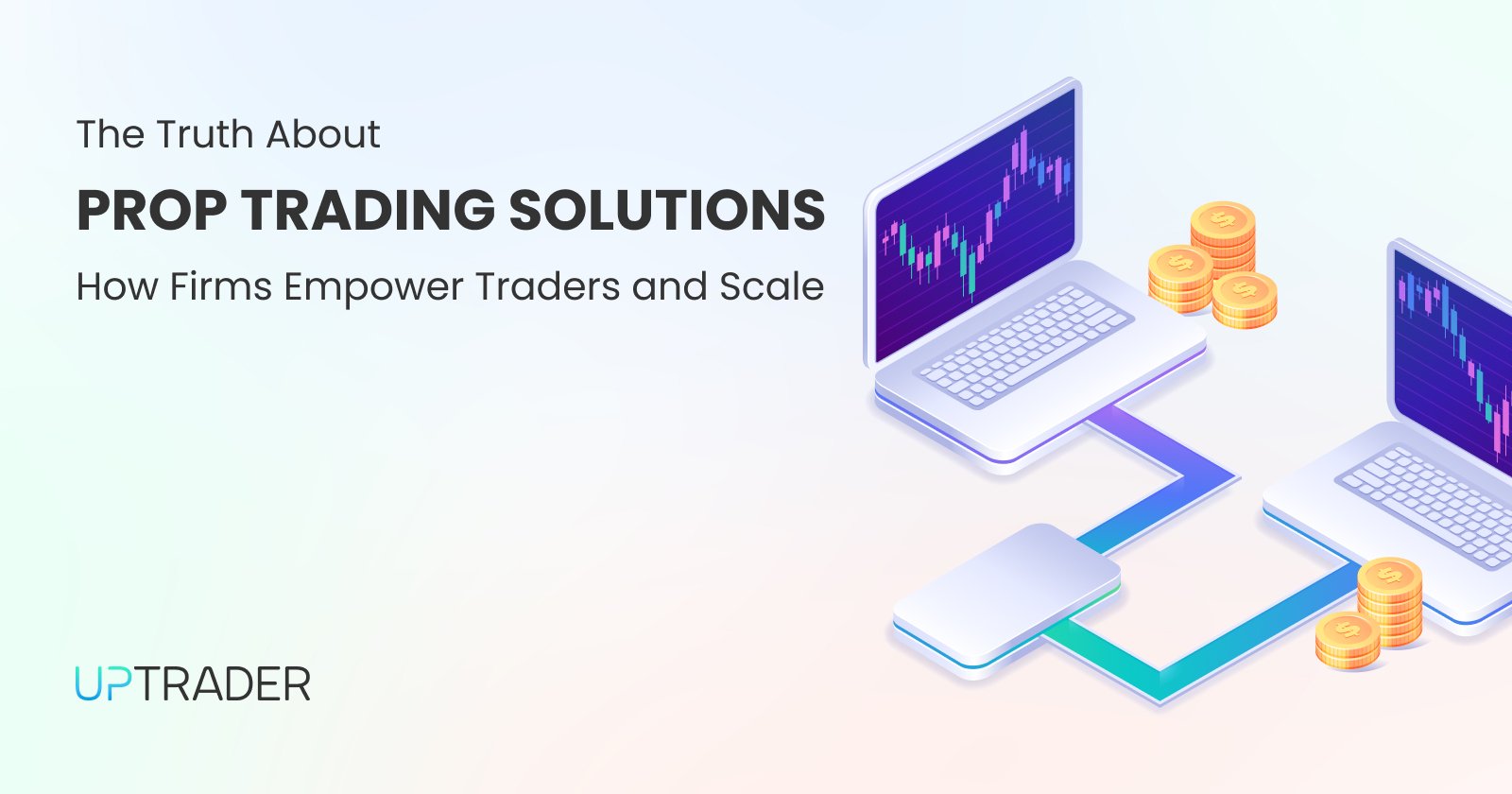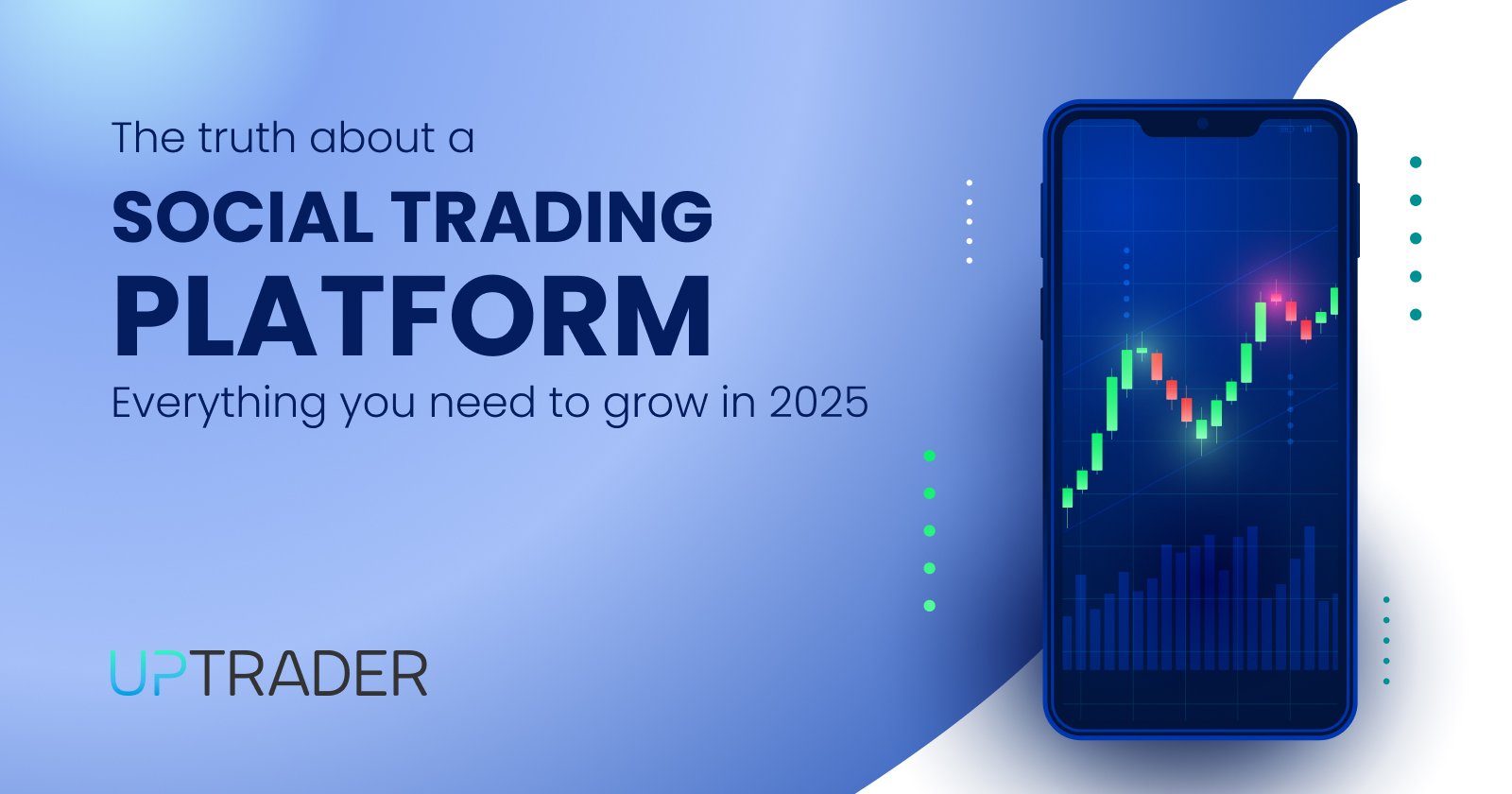Best Forex Account Management Service — Features, Benefits, and How It Can Boost Your Business

Share this publication:
You want an account management service that moves your brokerage forward — not another bolt-on that creates reconciliation headaches and support tickets. In 2025, the best solutions do more than copy trades: they automate onboarding, protect client capital, simplify payouts, and give you the operational controls you need to scale. Below you’ll get a practical guide: what makes the best Forex Account Management Services, which features matter, how they help your business, and how to pick and pilot a provider that won’t let you down.
What “Forex Account Management Service” Really Means For Your Firm
When you say “account management,” you usually mean one of three technical models: PAMM (Percentage Allocation Management Module), MAM (Multi-Account Manager), or copy/social trading. PAMM pools investor funds and allocates profits/losses proportionally; MAM gives money managers more granular control over how trades are applied to investor sub-accounts; copy systems replicate a leader’s orders into follower accounts. Each model solves the same basic business problem — let experts trade on behalf of clients — but they differ in accounting, control, and regulatory complexity. Investopedia gives a clear primer on PAMM mechanics and why brokers offer it to attract investors who want professional management.
For your brokerage, account management is not just a product — it’s a revenue channel and a retention tool. You acquire new customers who prefer managed exposure, you increase overall trading volume, and you create upsell paths (performance fees, premium subscriptions, or managed account tiers). But only if the implementation is tight: poor execution parity, opaque reporting, or slow payouts will kill trust fast.
The Business Case: How Account Management Boosts Your Bottom Line
You measure success in deposits, retention, and trading volume. A properly implemented account management service can:
- Increase deposits and AUM — investors allocate capital to managers they trust and can monitor. A visible, auditable PAMM/MAM interface removes friction.
- Increase trading volumes—managers trade larger notional amounts across pooled capital, thus improving your spreads and commissions.
- Generate recurring revenue—performance fees, management fees, or platform subscriptions contribute to new monetization streams.
- Enhance retention and stickiness—investors who track a profitable manager tend to leave their funds under your management and engage with your additional services.
- Differentiating your offering — a clean managed-account UX and transparent reporting is a marketing advantage in competitive markets.
But the outcome depends on operational quality. If a manager’s trades are copied with slippage or your payout engine miscalculates splits, those theoretical gains vanish.
Core Features You Must Insist On
Not all account management services are equal. When evaluating vendors, demand the following features — they directly reduce your operational risk and protect trader trust.
1. Transparent, Auditable Ledgers
Your platform must produce immutable trade ledgers and profit-split calculations that you can export. Disputes always become accounting questions; if your logs are incomplete, you lose.
2. Clear Manager Controls (Mam/Pamm Flexibility)
You need configurable allocation rules (percentage, lot proportional, equity proportional) and per-instrument permissions so managers can operate within approved risk parameters. This gives you control without handcuffing the manager.
3. Native Execution Parity / Minimal Slippage
Copying must be fair. Native, platform-integrated MAM/PAMM modules or well-engineered copy engines minimise execution gaps between manager and follower. If you rely on ad-hoc bridging, expect complaints. Leading broker toolsets and white-label vendors document their connector logs and reconciliation processes — insist on seeing them.
4. Robust Risk Controls
You need pre-trade and post-trade enforcement: max drawdown, per-manager exposure, instrument limits, and kill switches. Allow admin overrides and automated circuit breakers to protect capital and your brand.
5. Seamless Onboarding & KYC
Managed accounts draw in retail investors, but some of these investors abandon accounts if the onboarding process is lengthy. Having automated KYC processes, seamless ID verification, and quick payment systems minimizes drop-offs and accelerates deposit transactions.
6. Fast, Automated Payouts And Fee Engines
Your payout engine must calculate splits, apply fees, and push payments reliably. Automating this reduces disputes and payroll friction for managers who expect prompt settlement.
7. User-Friendly Dashboards And Mobile Access
Investors and managers want real-time analytics, drawdown visuals, trade history and shareable reports — on mobile. A poor UX kills conversions and increases support costs.
8. Integration With Your Stack
Your trading platform or proprietary engines must be supported with documented connectors and FIX/bridge logs. If a vendor can’t show integration artifacts, you’re buying uncertainty.
Which Vendors Or Approaches Make Sense In 2025?
You have three practical paths:
- Platform-native modules — If your base is Trading Platform 4/5 or other, the native MAM/PAMM or other modules are typically low-friction; they’re battle-tested and integrate cleanly with the execution engine. This minimizes reconciliation work. Trusted platform pages and reviews show these are still primary choices for many brokers.
- White-label providers and broker ecosystems (e.g., UpTrader) — These vendors bundle CRM, trader rooms, payments and account management into one product. That reduces vendor handoffs and often accelerates time-to-market. UpTrader’s Invest module, for example, combines PAMM, MAM and social features aimed at brokers who want a single integrated stack. If you prefer consolidated operations and a single support line, this is attractive.
- Marketplace / third-party copy platforms — ZuluTrade, Myfxbook AutoTrade and other marketplaces offer broad strategy pools and marketing reach, but they can introduce extra routing and reconciliation complexity. Use marketplaces if your core goal is reached and you accept the operational tradeoffs. Third-party copy systems are powerful for customer acquisition but require strict SLAs and verification workflows.
Each path has tradeoffs: native modules = low friction but limited features; white-labels = broader functionality and single vendor support; marketplaces = audience reach but operational complexity. Pick what matches your growth model.
How To Evaluate Vendors — A Practical Rfp Checklist
Don’t buy on demos. Use this checklist to vet providers:
- Live sandbox & connector logs: require a working sandbox, sample FIX/MT logs, and sample reconciliation reports.
- Logs for disputes and ledgers you can export – please show a current instance of profit split calculations you can examine.
- For latency and slippage data – request slippage statistics under loaded conditions for leaders and followers.
- For security and compliance proof – QA reports, data retention policies, and SOC2/ISO27001.
- For support and incident history - request the last 12 months of incidents and their resolutions.
- For integration timeline and TCO - request a complete total cost of ownership analysis, not just license fees.
- For exit/migration plan - request a clause for contractual data exports and migration assistance.
If a vendor resists any of these, treat that as a red flag.
A Pilot That Actually Proves Value
Run a short, measurable pilot before you commit. Here’s a practical design:
- Duration: 4–8 weeks.
- Scope: onboard 50 investors, connect one manager and one execution venue, support one payment method.
- Metrics: lead-to-deposit conversion rate, time-to-fund, average slippage between manager and follower, payout accuracy, and support ticket volume.
- Tests: simulate manager drawdown breaches, forced closures, and payment outages to see reconciliation and communication.
- Exit: confirm full data export and rollback plan.
A pilot should reveal integration gaps and operational limits fast — you’ll learn more in 30 days than from slides.
Risks To Watch — And How To Control Them
- Execution parity – reduce by favoring native modules or vendors with documented routing.
- Hidden/opaque fees and disputes – do not work with vendors who do not disclose fee mechanics, and work with vendors who provide clear, exportable calculations.
- Fraud or reporting discrepancy by a manager - require third party verification or immutable audit trails.
- For exposure, ensure enforcement of KYC/AML for the managers and investors and keep logs ready for exports and audits.
- Vendor lock-in: negotiate data export clauses and migration assistance.
These are not theoretical — they’re the recurring problems that break managed-account rollouts.
How Account Management Drives Marketing And Retention
Use account management as a product marketing lever:
- Publish verified leaderboards (with full disclosure) to attract followers.
- Offer tiered managed products (standard, conservative, performance) to match different risk appetites.
- Educate investors with onboarding guides explaining drawdown, risk limits, and fee mechanics.
- Cross-sell other services (signals, training, brokerage accounts) to followers who become active traders.
When your managed product is transparent and easy to use, it becomes a growth engine rather than an operational drain.
Final Thought — Choose For Operations, Not Features
The best forex account management service is not the one with the slickest demo — it’s the one that minimizes friction for your ops team, gives investors transparent reporting, and enforces risk consistently. Native modules minimize headaches, white-label suites offer breadth, and marketplaces offer reach; your choice depends on whether you prioritise speed, control, or audience.
Do the vetting: demand connector logs, run a focused pilot, insist on exportable ledgers and clear payout mechanics. When you do that, account management becomes a durable revenue stream — not a support problem.
Ready to partner with a platform that combines professional account managers, transparent reporting, and compliant infrastructure?
Get started with UpTrader today — request a demo and speak with a consultant. Give your capital the partner it deserves and start trading with confidence.







